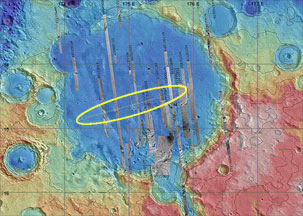This picture shows Gusev Crater. Spirit landed inside the yellow oval. The oval is 81 km (50 miles) long. The colors in this picture show how high (or low) the land is. Low places are shown as blue and green. High places are shown as orange and red.
Click on image for full size
NASA
MER Spirit landing site - Gusev Crater
Two robot
rovers landed on Mars in January 2004. The first robot is named Spirit.
Spirit landed inside a big crater called Gusev
Crater.
Gusev Crater may have been filled with water
long ago. It may have been a big lake. Spirit is a robot geologist. Some kinds
of rocks form in places where there
is water. Spirit is trying to find those kinds of rocks. If it does, that
might prove that Gusev Crater really was a lake.
The only water that we know about on Mars right now is frozen - it is ice!
Many scientists think Mars used to be warmer. They think there may have been
liquid water on Mars in the past. Liquid water is good place to find life,
especially microbes. If we find water on Mars,
or clues about where there used to be water, that might help us figure out whether
Mars ever had life.
Spirit has a twin named Opportunity. Opportunity landed at a different place
on Mars named Meridiani
Planum.
Gusev Crater is about 145 km (90 miles) wide. It is about as big as the state
of Connecticut. There is a valley connected to Gusev Crater. The valley looks
like it might have had a river in it long ago. Maybe Spirit will find rocks
that formed in water!
You might also be interested in:

What types of instructional experiences help K-8 students learn science with understanding? What do science educators teachers, teacher leaders, science specialists, professional development staff, curriculum designers, school administrators need to know to create and support such experiences?
...more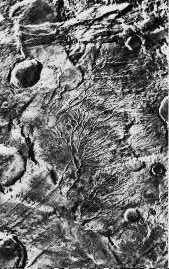
Mars doesn't seem to have very much water. If Mars had lots of water life could survive there. There seems to be *some* water because clouds, fog, and icy polar caps are seen on Mars today. There are also
...more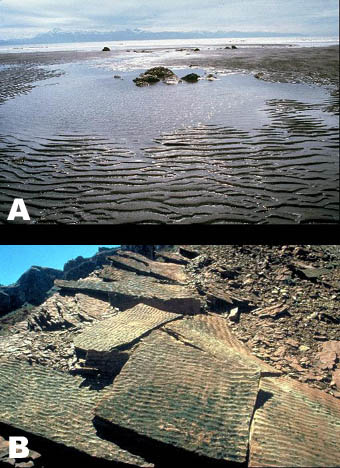
Someday, the sand that you see at the beach might become a sedimentary rock! The sand at the beach is made of little pieces of
...more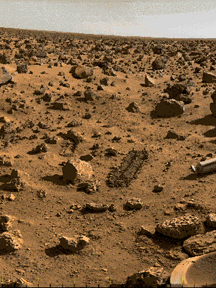
When we ask "Where might we find life outside of the Earth", the first place many scientists turn to is Mars. Mars may have been like the Earth in its past. No signs of life on Mars have been found, but
...more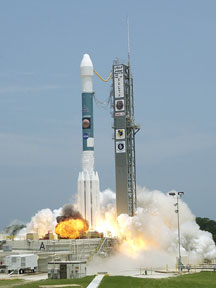
Both Mars Exploration Rovers (MER) were launched from Florida in the summer of 2003. The first, Spirit, blasted off on June 10. The second, Opportunity, blasted off on July 7. Each spacecraft spent about
...more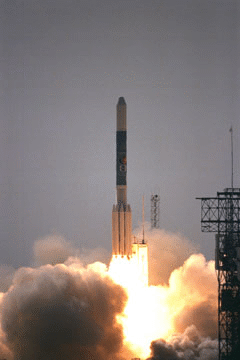
The Advanced Composition Explorer (ACE) was launched on August 25, 1997. How old were you when ACE was launched?
...more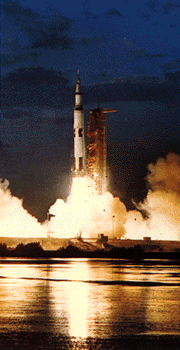
To learn more about a specific mission from the Apollo program, the most successful and expensive space program in human history, select one of the links below: Apollo 1 Apollo 7 Apollo 8 Apollo 9 Apollo
...more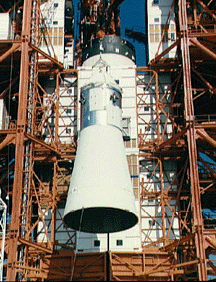
The Apollo space program, scheduled for its first launch on Feb. 21, 1967, started in tragedy. On Jan. 27, 1967, astronauts Gus Grissom, Ed White, and Roger Chaffee were practicing for launch when fire
...more


